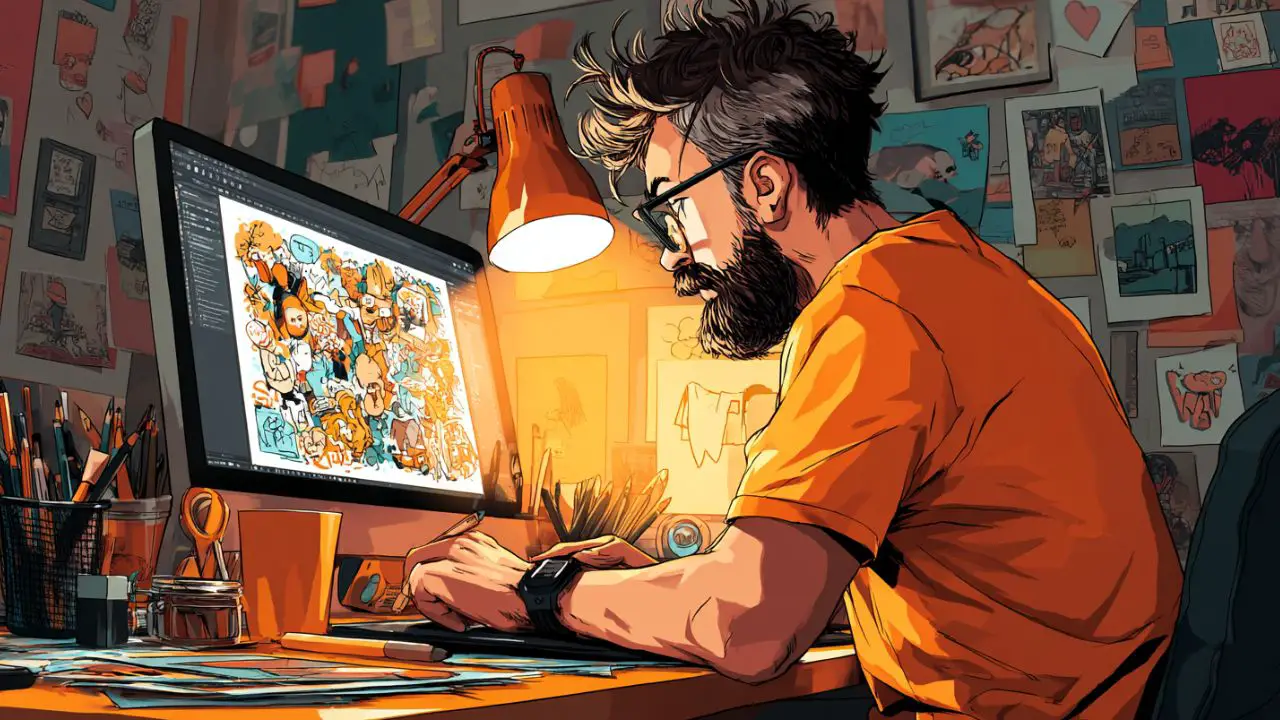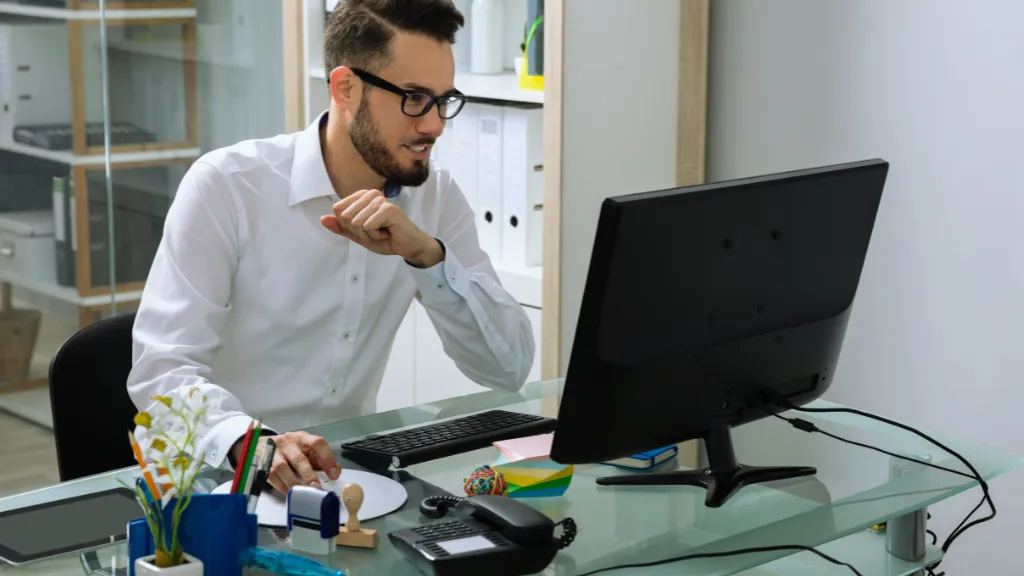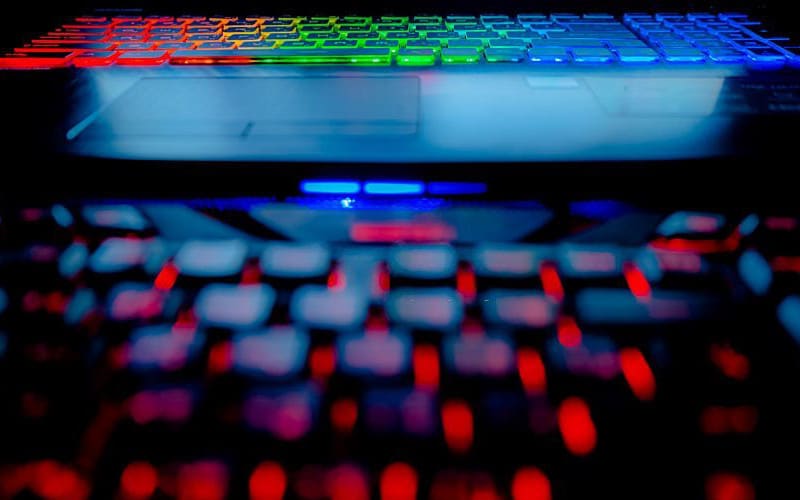So, why create a bootable Debian Linux on a USB drive? For starters, it allows you to use the operating system on any computer you can access without installing it permanently.
Additionally, a bootable USB drive is much faster and more convenient than booting from a CD or DVD.
In this article, I’ll guide you through creating a bootable Debian Linux on a USB drive. We’ll cover everything from downloading the necessary software to creating the bootable USB drive.
So, whether you’re a seasoned tech-savvy user or a beginner, this article is a helpful and informative guide to creating your own bootable Debian Linux on a USB drive.
Prerequisites
Here are the prerequisites for creating a bootable Debian Linux on a USB drive in bullet points:
- A computer with an internet connection
- A USB flash drive with a minimum capacity of 8 GB (recommended)
- The Debian Linux ISO file, which can be downloaded from the official Debian Linux website
- A software to create the bootable USB drive
And that’s it! With these three items, we’re ready to start creating our bootable Debian Linux on a USB drive.
How to Create a Bootable Linux USB Flash Drive?
Now that we have all the prerequisites let’s start creating a bootable Debian Linux on a USB drive. Here are the detailed steps:
- Download the Debian Linux ISO file: The first step is to download the Debian Linux ISO file from the official Debian Linux website. This file will be used to create the bootable USB drive.
- Download and install USB bootable software: Next, you’ll need to download and install a USB bootable software, such as Rufus, which is free and widely used. This software will be used to create the bootable USB drive.
- Connect the USB flash drive to the computer: Once you have the USB bootable software installed, connect your USB flash drive to the computer.
- Launch the USB bootable software: Launch the USB bootable software you installed in step 2.
- Choose the Debian Linux ISO file: In the USB bootable software, select the Debian Linux ISO file you downloaded in step 1.
- Select the USB drive as the target device: In the next step, select the USB flash drive as the target device. This is where the bootable Debian Linux will be created.
- Configure the boot options (if necessary): Depending on your needs, you may need to configure some boot options. The USB bootable software should guide you through this step.
- Start creating a bootable USB drive: Once you have selected the target device and configured the boot options, if necessary, click the “Start” button to begin creating the bootable Debian Linux on the USB drive.
- Verify the bootable USB drive is working: Finally, once the process is complete, restart your computer and boot from the USB drive to verify that it is working correctly. If everything is working as expected, you should now be able to run Debian Linux from the USB drive on any computer you can access.
And that’s it! You now have a bootable Debian Linux on a USB flash drive. You can boot into Debian Linux on any computer you can access without installing it permanently.
Related: How to Use Linux Screen
Conclusion
Well, folks, that’s it! We’ve just gone through the process of creating a bootable Debian Linux on a USB flash drive. I hope you found this article helpful and now have a better understanding of creating your own bootable USB drive.
Creating a bootable Debian Linux on a USB drive is a great way to try out a new operating system or troubleshoot a computer. With a bootable USB drive, you can use the operating system on any computer you can access without installing it permanently.
Whether you’re a seasoned tech-savvy user or a beginner, I encourage you to try this. You might just be surprised at how easy and convenient it is to create your own bootable Debian Linux on a USB drive.
Thanks for reading, and happy computing!






